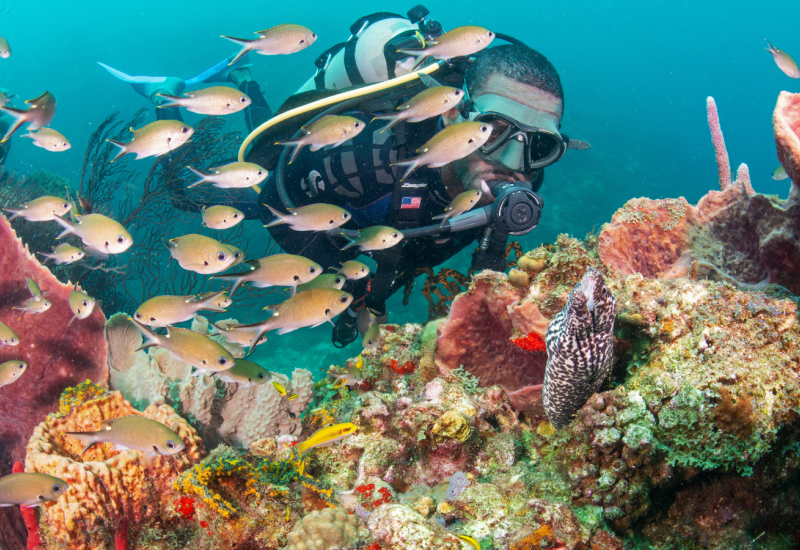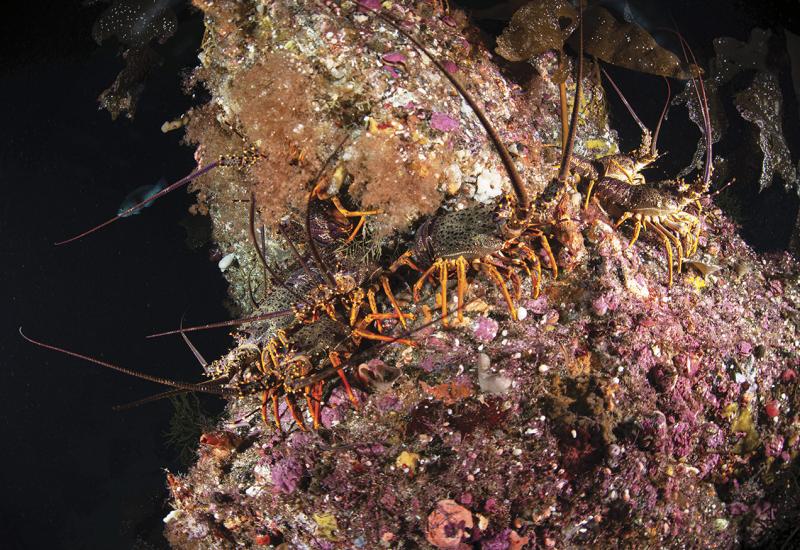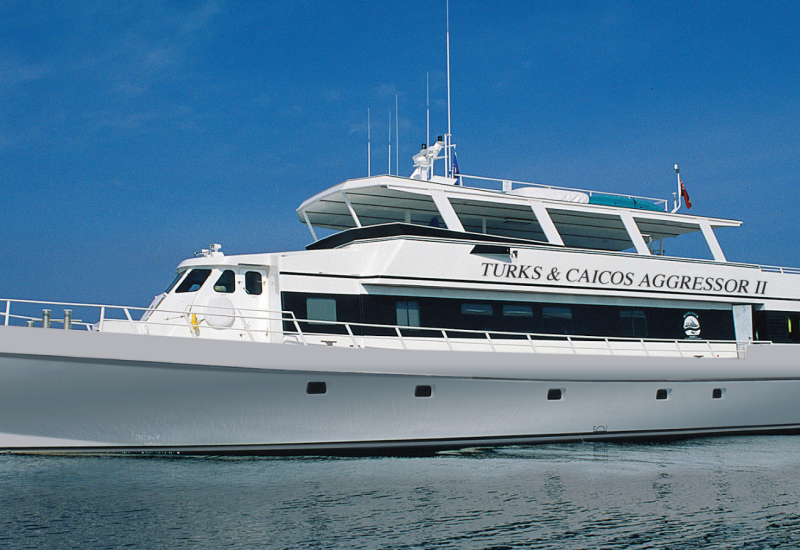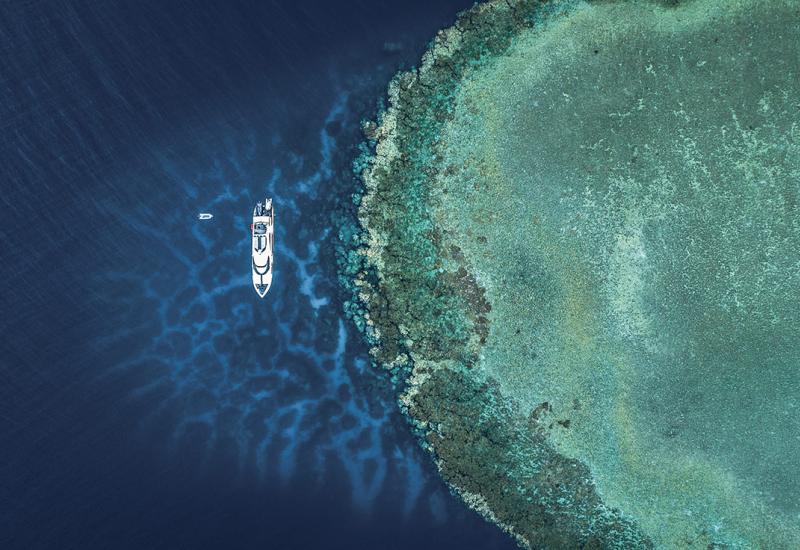Sand Key Splendor in Key West

ShutterstockSand Key Light is approx. six nautical miles southwest of Key West, Florida.
An historic lighthouse that dates to 1853 marks the way to a wondrous reef where a rainbow array of marine life awaits. Six cast-iron lighthouses built in the 19th century are found in the Florida Keys; all were designed as skeletal structures to withstand the wind and waves from hurricanes. Today, Sand Key lighthouse is deactivated, but it gives its name to a shallow spur-and-groove reef that delights new divers.
Beginner divers looking to keep things relatively shallow—15 to 30 feet—yet full of fascinating marine life find tons to love during dives within the Sand Key Sanctuary Preservation Area, located roughly six nautical miles south of Key West.
“Sand Key is a really easy, relaxing dive that’s great for beginners, with lots of sunlight and tons of fish all around,” says Zach Goodfellow of Southpoint Divers.
The Key West shop visits the site regularly on scheduled dives and often pairs a dive at Sand Key with one at nearby reefs like Eastern Dry Docks and Rock Key, two other Sanctuary Preservation Areas located within the Florida Keys National Marine Sanctuary.
Loaded with waving sea fans, corals and sponges, Sand Key’s underwater landscape is a classic Florida Keys spur-and-groove configuration. Ridges of coral (spurs) are cut through with sand and crushed coral bottom (grooves), with lots of ledges for creatures such as nurse sharks and sea turtles to shelter under.
The terrain is ideal for beginners to explore with their dive guide as well as for open water divers who feel confident on their own to set off navigating with their buddy.
“There’s usually not much current here and it’s super shallow, so beginner divers can just pop up if they need to,” Goodfellow says.
The fact that Sand Key’s reef lies within a Sanctuary Protected Area–a zone where fishing is not allowed to help sustain critical marine species and their habitats–makes it particularly rich with fish life. And when it comes to what you might see underwater, the list is long and colorful.
From the moment you step off the boat, with visibility often upwards of 80 feet, you’ll be greeted by clouds of yellowtail snapper schooling under the boat. It’s like giant-striding into a wonderland where you never know what you’ll see next.
Nooks and crannies within the healthy colonies of coral here are loaded with hidden surprises, including green moray eels and spotted eels peeking from their hidey-holes. Sometimes, if you’re lucky, you might even see them ribboning their bodies across the reef.
Angelfish, porcupine pufferfish, trumpetfish, barracuda and green sea turtles are commonly spotted around Sand Key, too. Eagle rays and goliath grouper are also sometimes seen patrolling the gullies and moving along the reef, says Goodfellow.
During the summer months, divers might even get treated to the sight of tarpon that can grow up to eight feet long, with their distinctive large scales, cruising the area around Sand Key.
“New divers usually find it really amazing here. They can’t believe how many fish there are,” says Goodfellow about one of his favorite reefs around Key West for bringing beginners to dive.
Though Sand Key Light no longer guides ships here, its eponymous dive site throbs with marine life that delight divers. Just remember to take photos and leave only bubbles, Goodfellow says, so Sand Key will be just as pristine for the next divers who head down.










